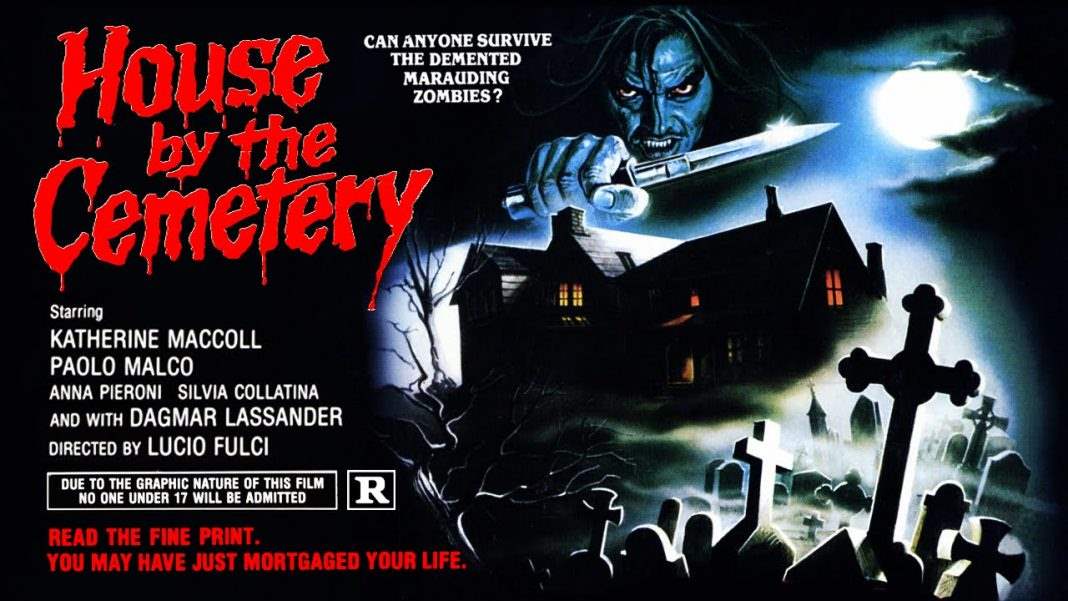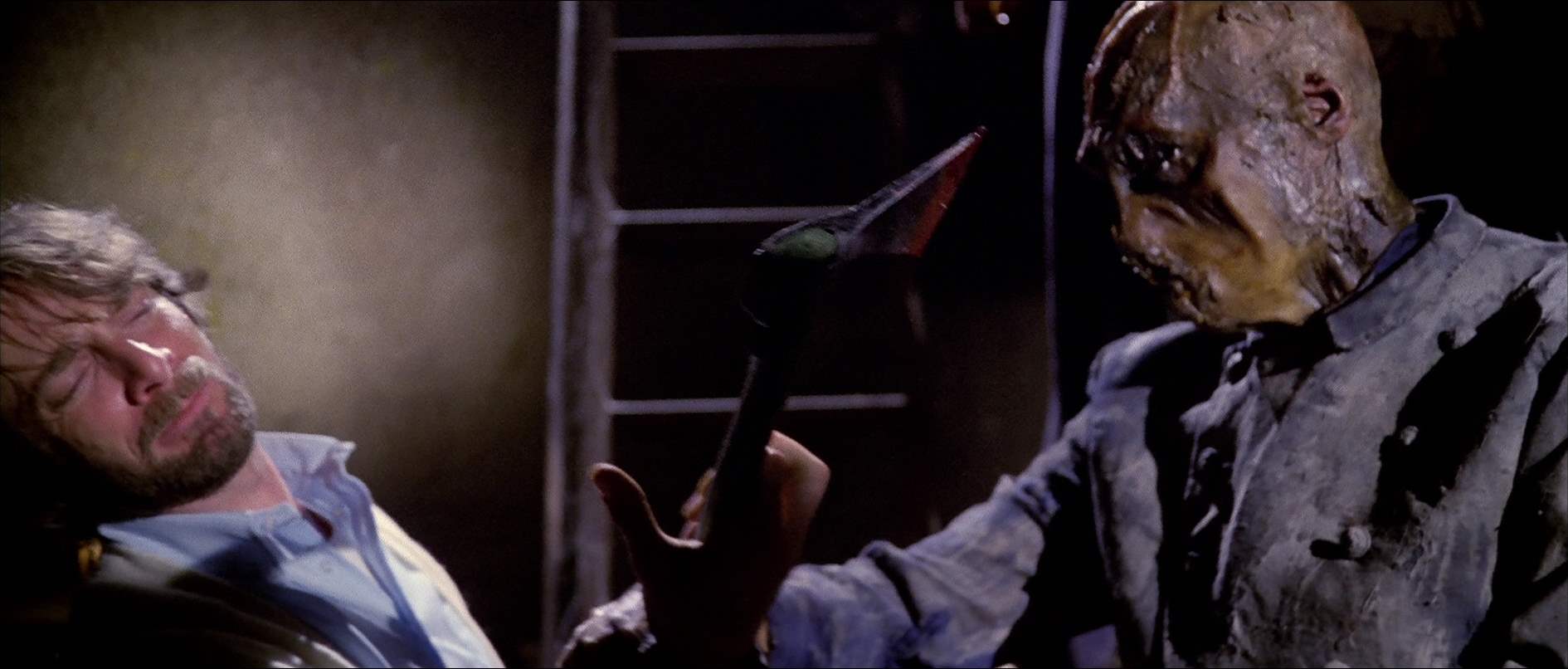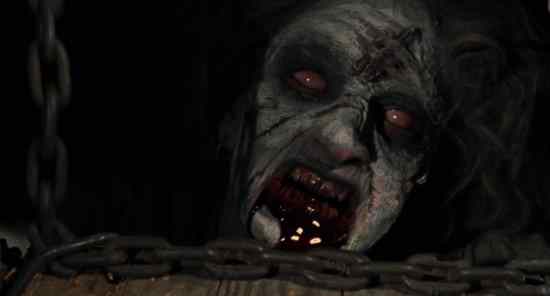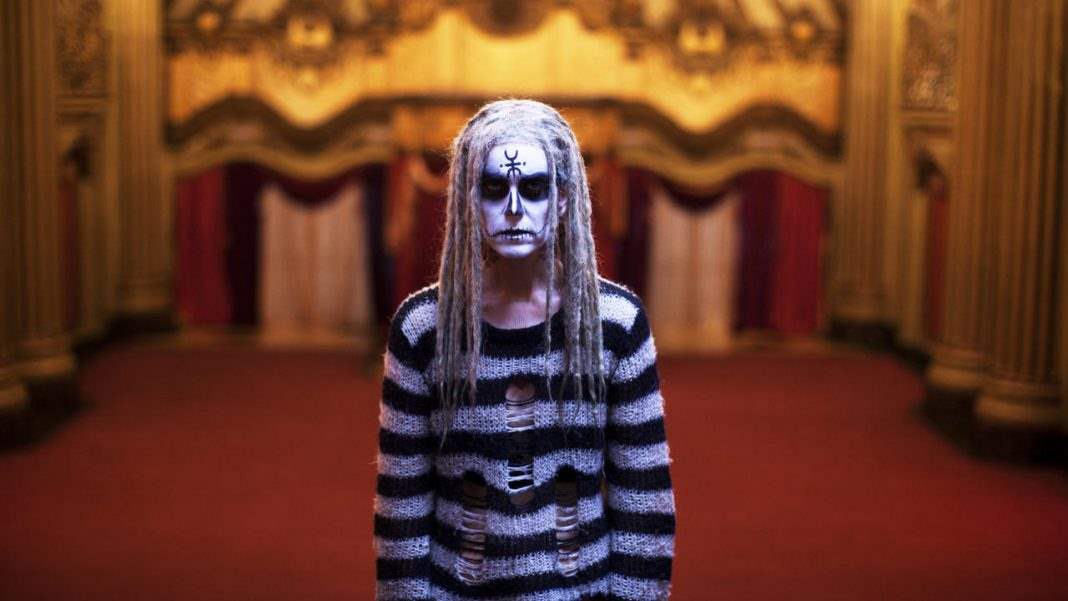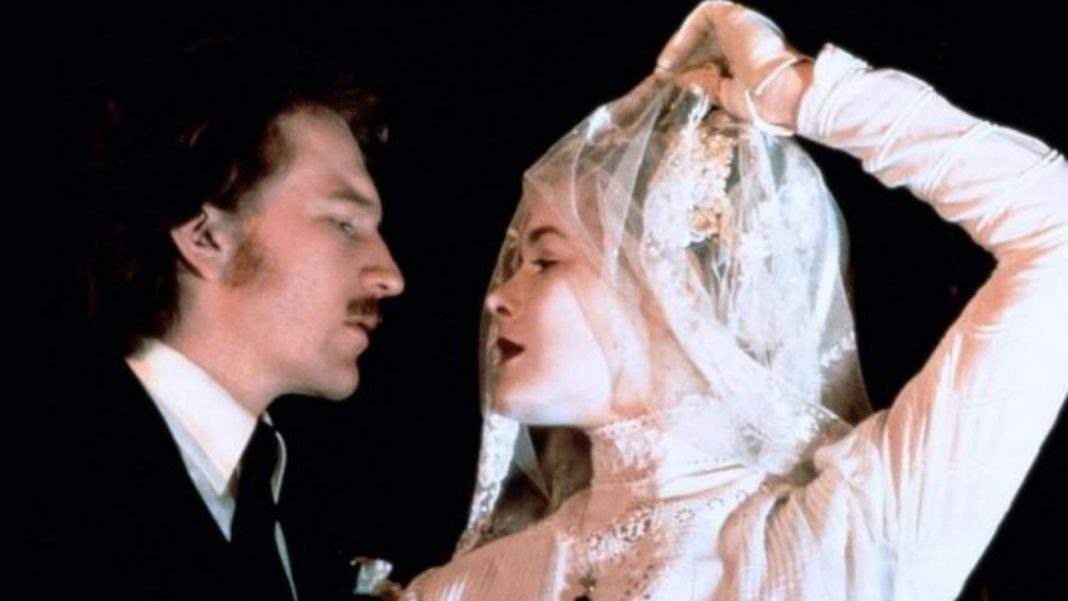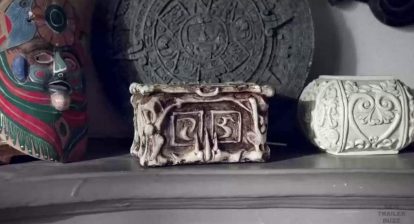Lucio Fulci’s House by the Cemetery is, I’ll admit, my least favorite of the director’s “Gates of Hell” trilogy. But that doesn’t mean that the film is without merits, it’s just that some of the effects and the overall English dub and transfer don’t so much match up with the first two. That doesn’t mean that House by the Cemetery doesn’t work on its own. This is the closest Fulci came to returning to giallo during his zombie years. It’s still very much a zombie feature that brings back the Lovecraftian cosmic horror of City of the Living Dead and The Beyond.
It’s a much smaller film than the other two as well. While they were focused around small towns and large hotels, the action in House by the Cemetery is almost exclusively confined to a Victorian house. Here we have a family trying to get by, very similar to The Shining and The Amityville Horror, as well as trying to figure out and make sense of the strange happenings inside their new home. It’s structured as such a traditional ghost story that the violence and the zombie scenes really come out of nowhere, making them all the more effective. The cast is a little smaller and the horror is a little more spaced out, but in a lot of ways that makes it one of Fulci’s scariest movies.
The House by the Cemetery is a zombie movie that reads like a ghost story, which is one of the most interesting things about it. It relies on tension and atmosphere, but when it does deliver the gore, it really goes all out. Especially with the opening knife kill. It’s hard to pigeonhole the movie into a particular sub-genre of horror, because it borrows from many. Both City of the Living Dead and The Beyond were unusual zombie features because they centered on very different types of zombies. House by the Cemetery is no different, like the others it weaves its own mythology. But it goes one step further in the fact that it is a literal zombie film. As in: There is only one zombie.This is something that hadn’t been done on screen since the early Voodoo-centered features, but the zombie itself is very much the post-Romero rotting corpse. By making this change, it becomes a traditional monster in the house movie, which it pulls off relatively well. It doesn’t drag out the idea of something dwelling in the basement but instead uses that to great effect as the characters begin to realize that they are not alone in the house.
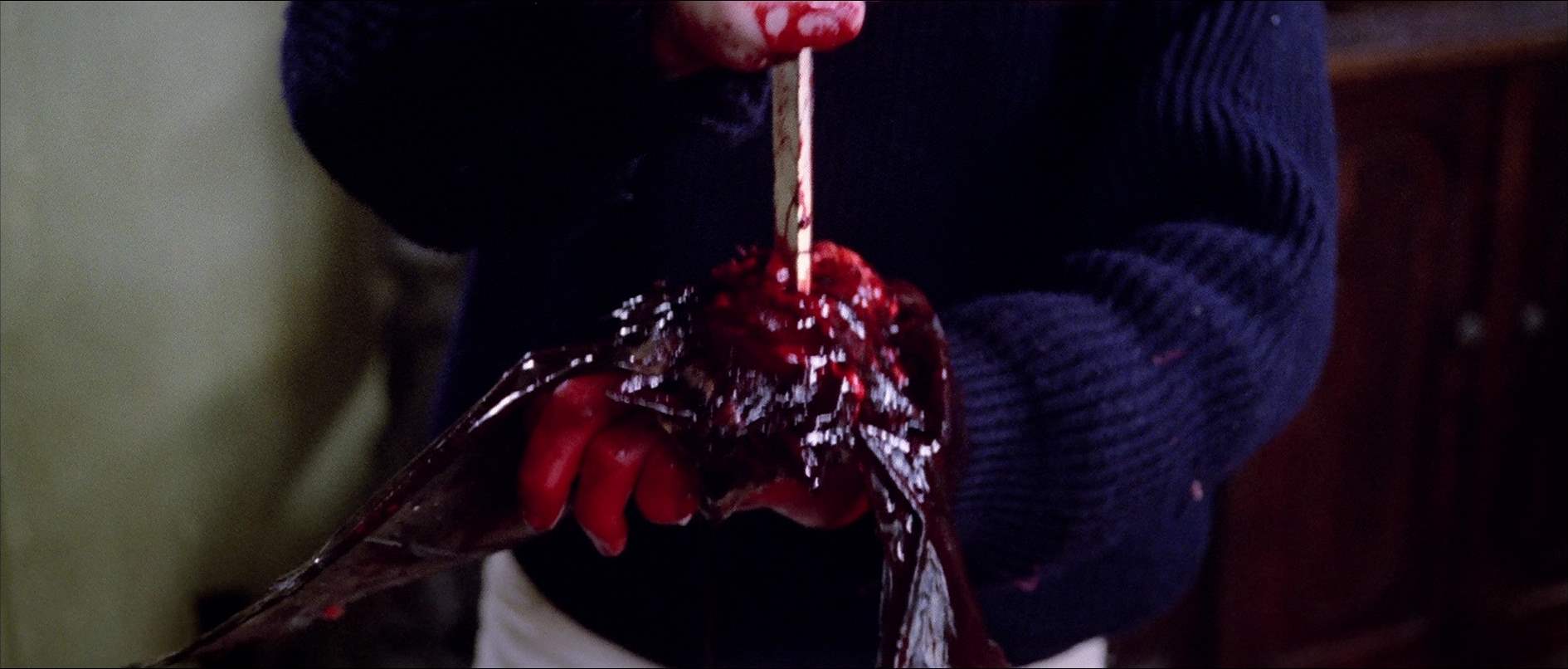 House by the Cemetery mixes the zombie genre into other genres, like the monster movie, elements of the giallo genre, and the paranormal thriller, to create something that is refreshingly different—even from Lucio Fulci’s previous work. It stands very much on its own when compared to the two others in its loosely connected trilogy as well. There are enough vague details to connect it. There’s an element of transition to it as well. It starts off as a ghost story with heavy echoes of The Shining: The young boy Bob is visited by spirits telling him not to move into the house. Then it jumps into giallo territory with some of the early deaths, then bleeds its way into a zombie film, which is where it finally winds up.
House by the Cemetery mixes the zombie genre into other genres, like the monster movie, elements of the giallo genre, and the paranormal thriller, to create something that is refreshingly different—even from Lucio Fulci’s previous work. It stands very much on its own when compared to the two others in its loosely connected trilogy as well. There are enough vague details to connect it. There’s an element of transition to it as well. It starts off as a ghost story with heavy echoes of The Shining: The young boy Bob is visited by spirits telling him not to move into the house. Then it jumps into giallo territory with some of the early deaths, then bleeds its way into a zombie film, which is where it finally winds up.
At a time just after Dawn of the Dead, when zombies were truly beginning to dominate the marketplace, it’s easy to imagine that House by the Cemetery offered a refreshing alternative. It’s a weird movie, far from perfect, but it stands out among the legions of walking corpses that became synonymous with the sub-genre.
